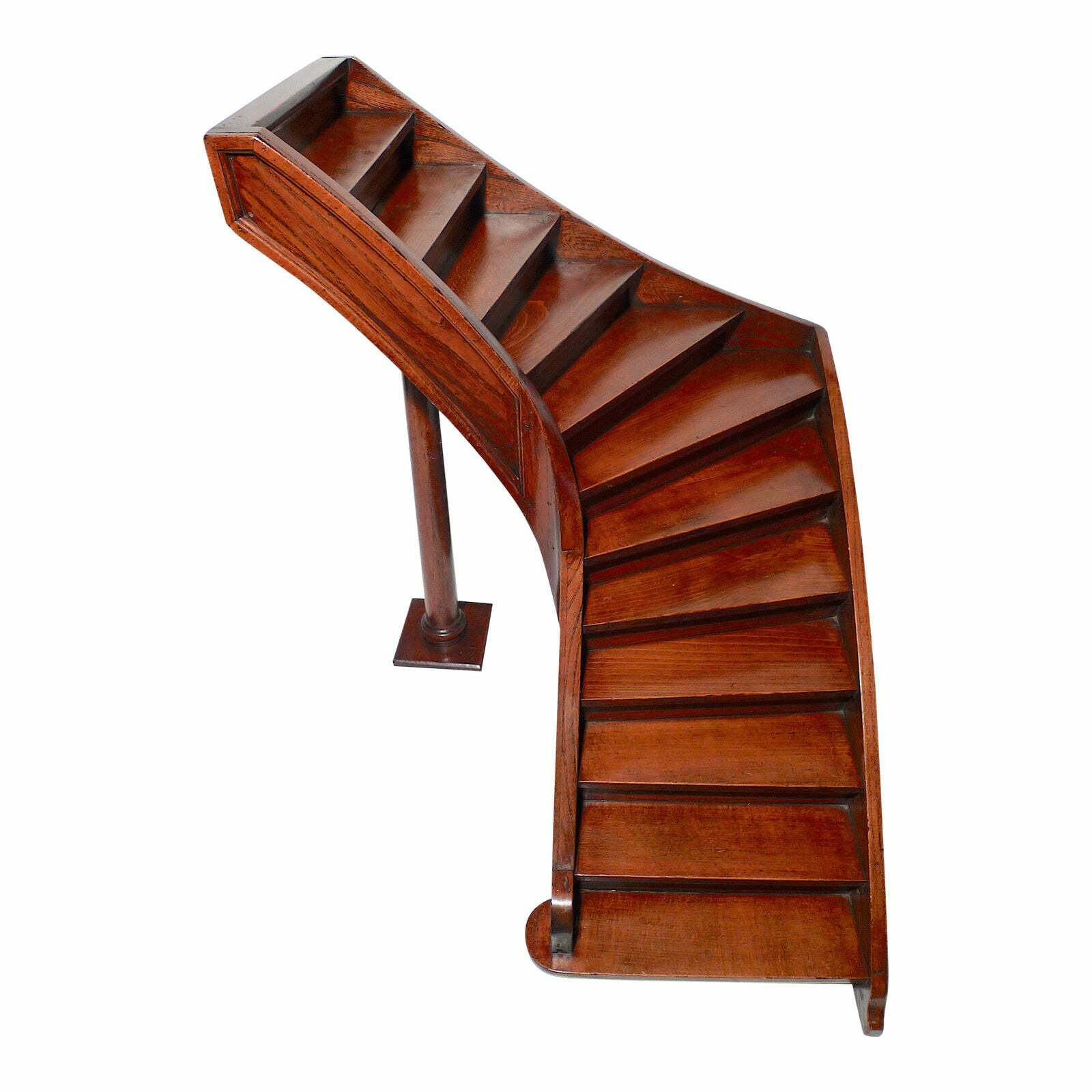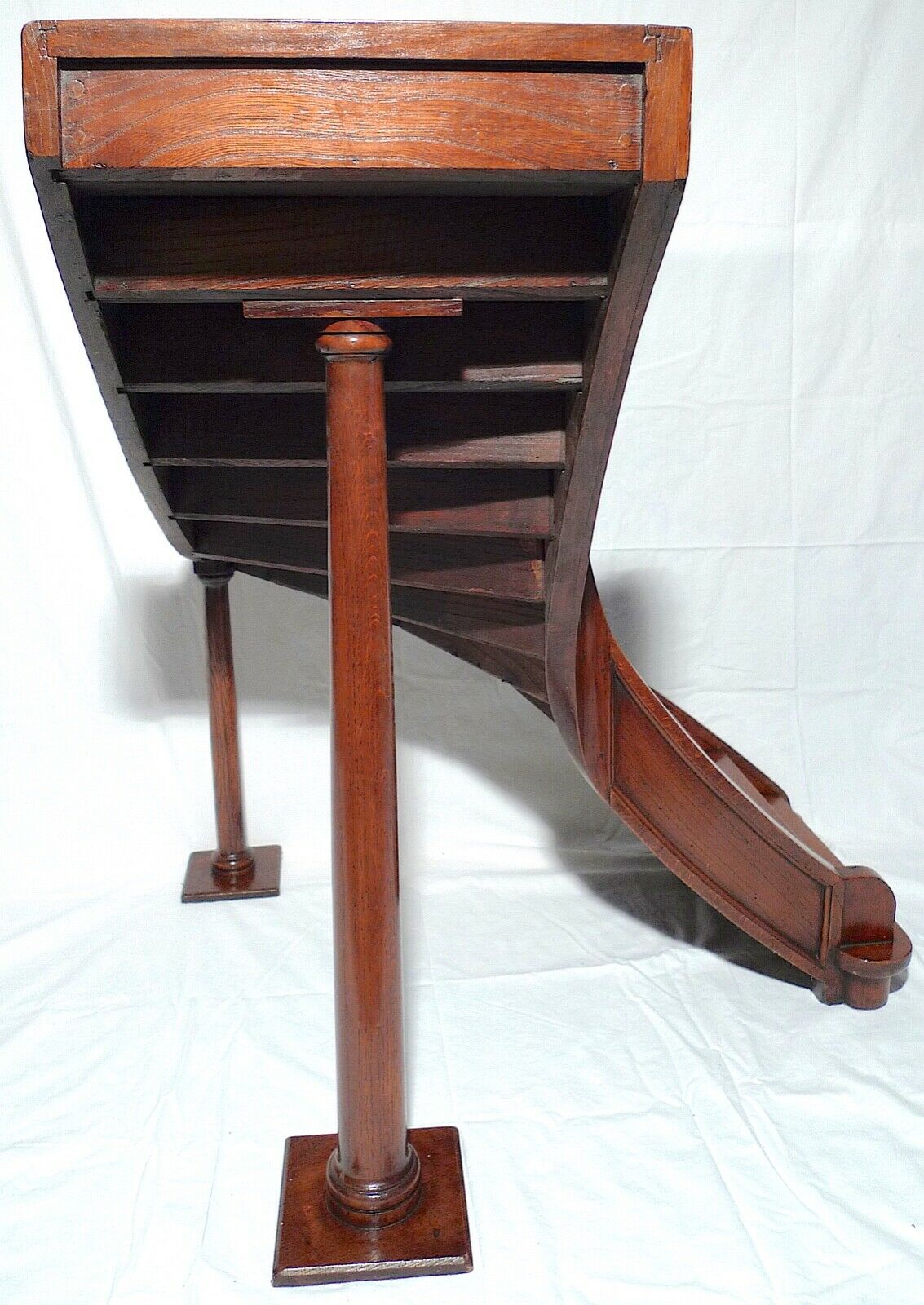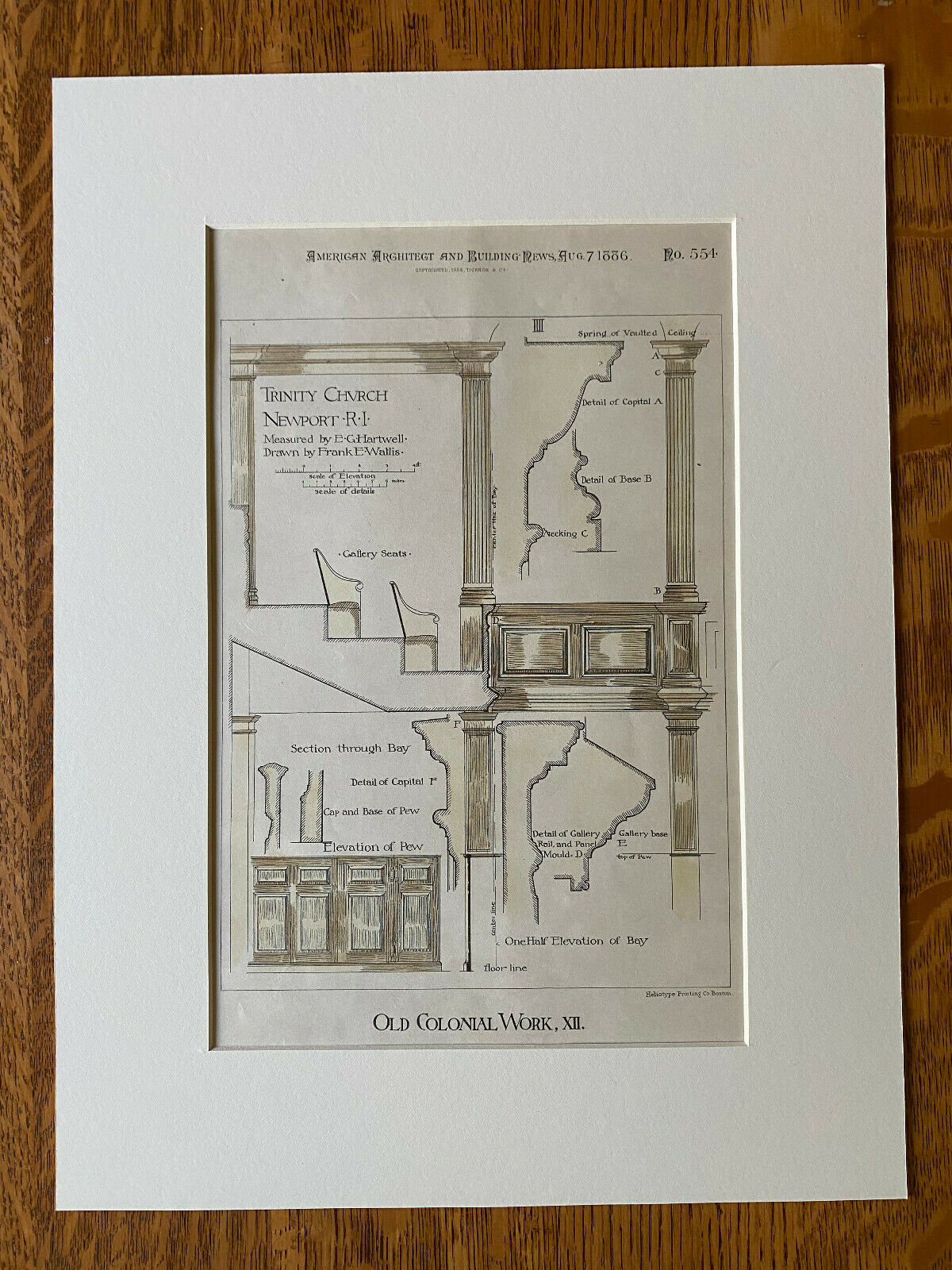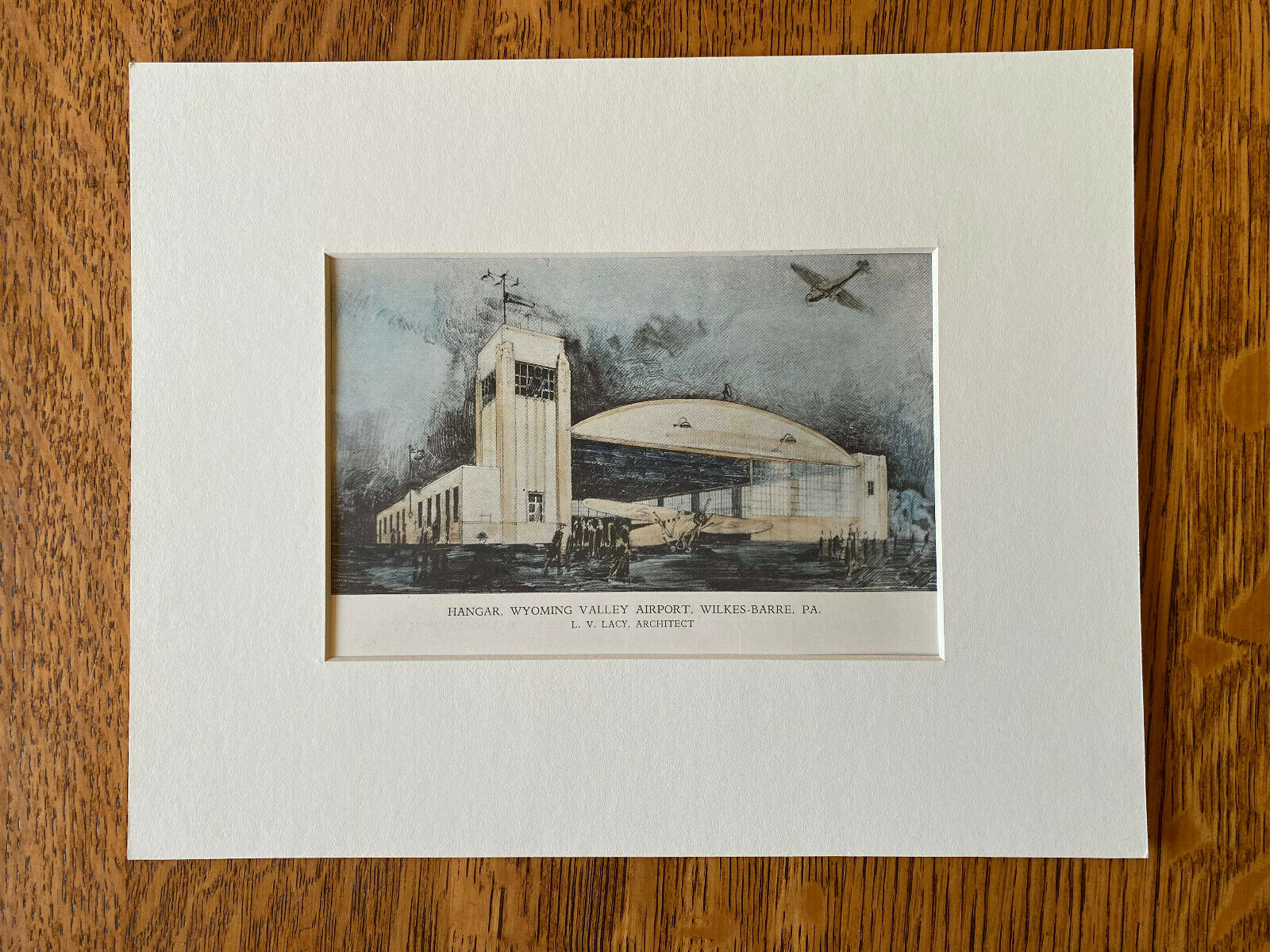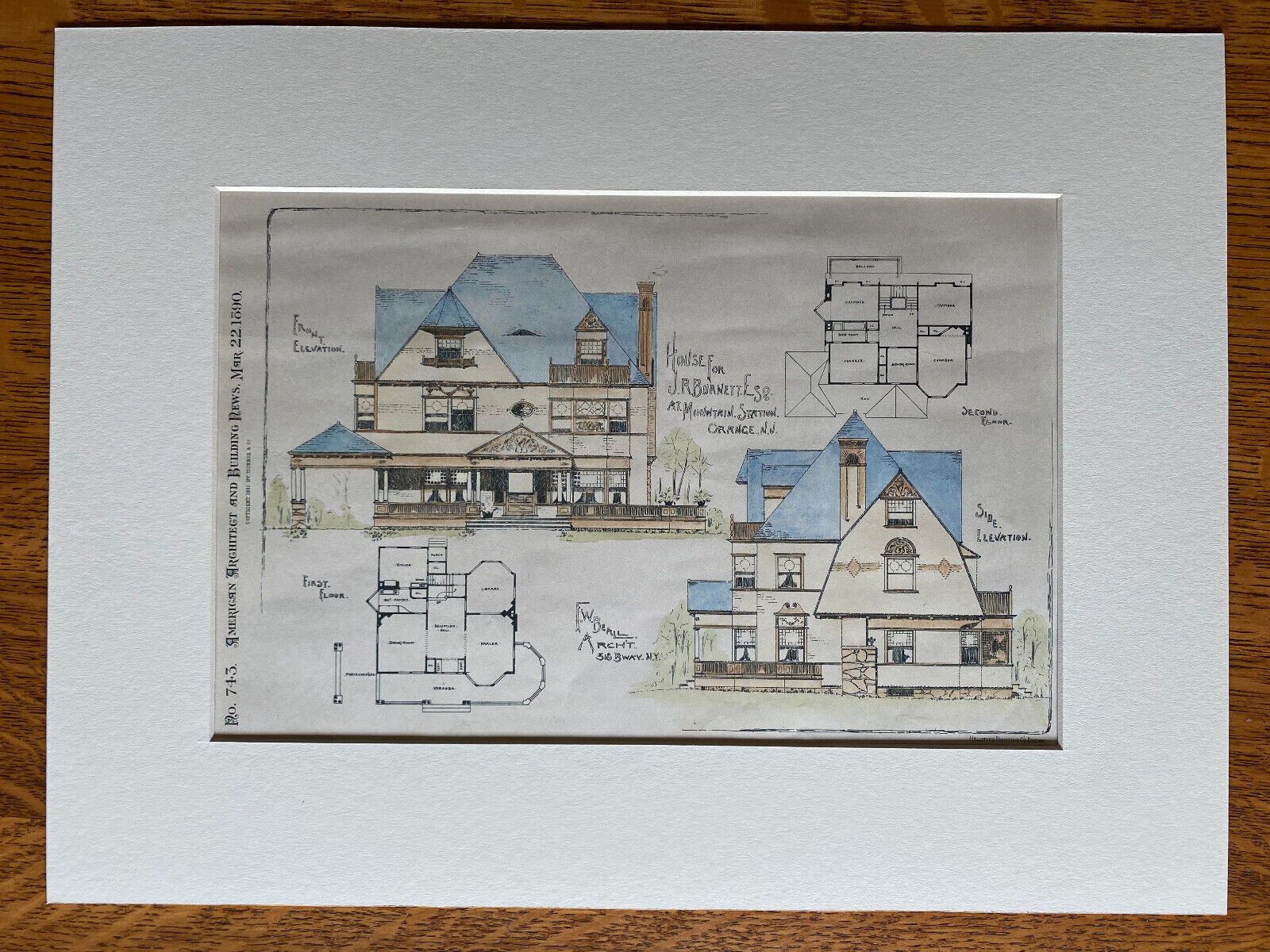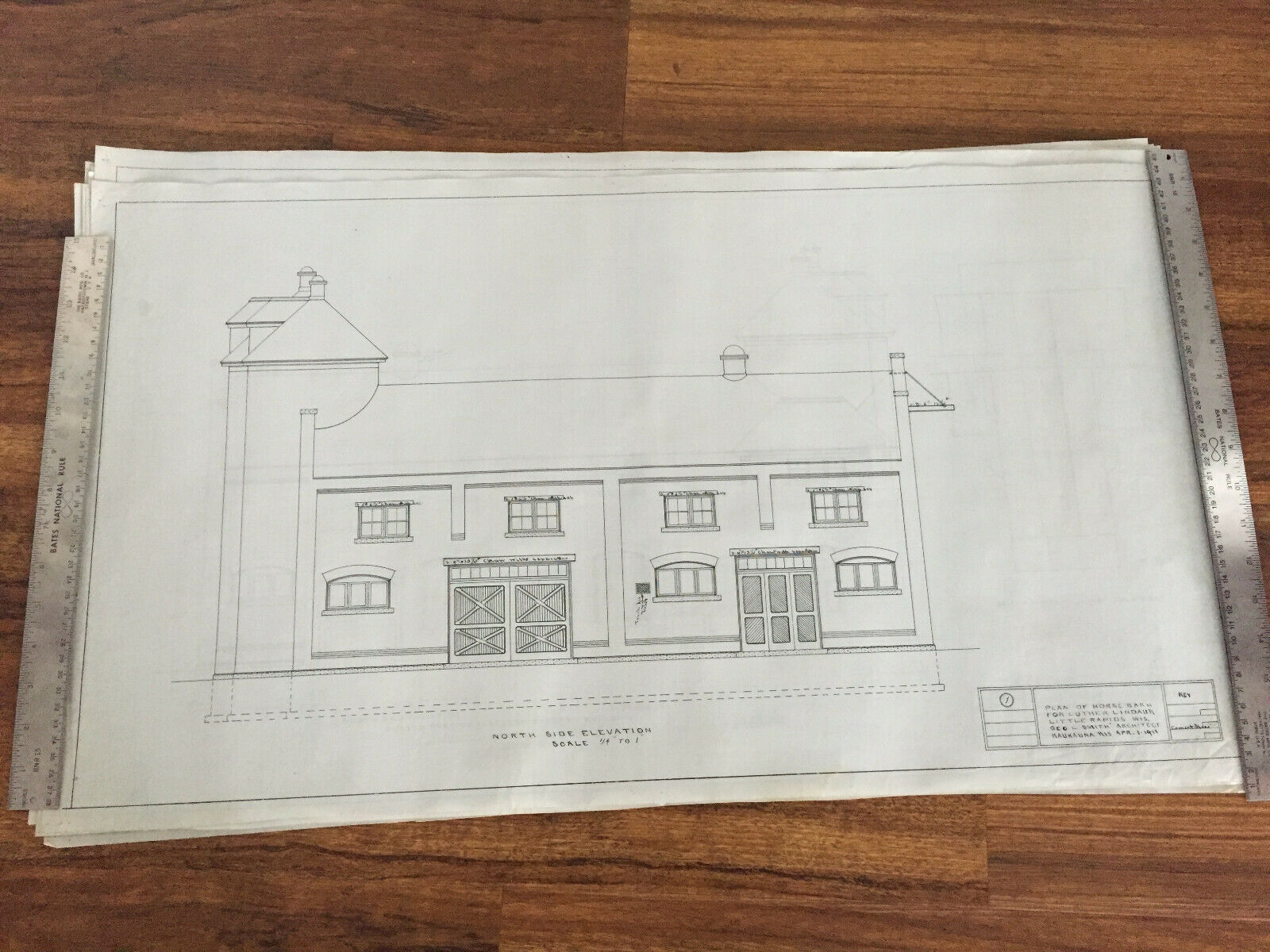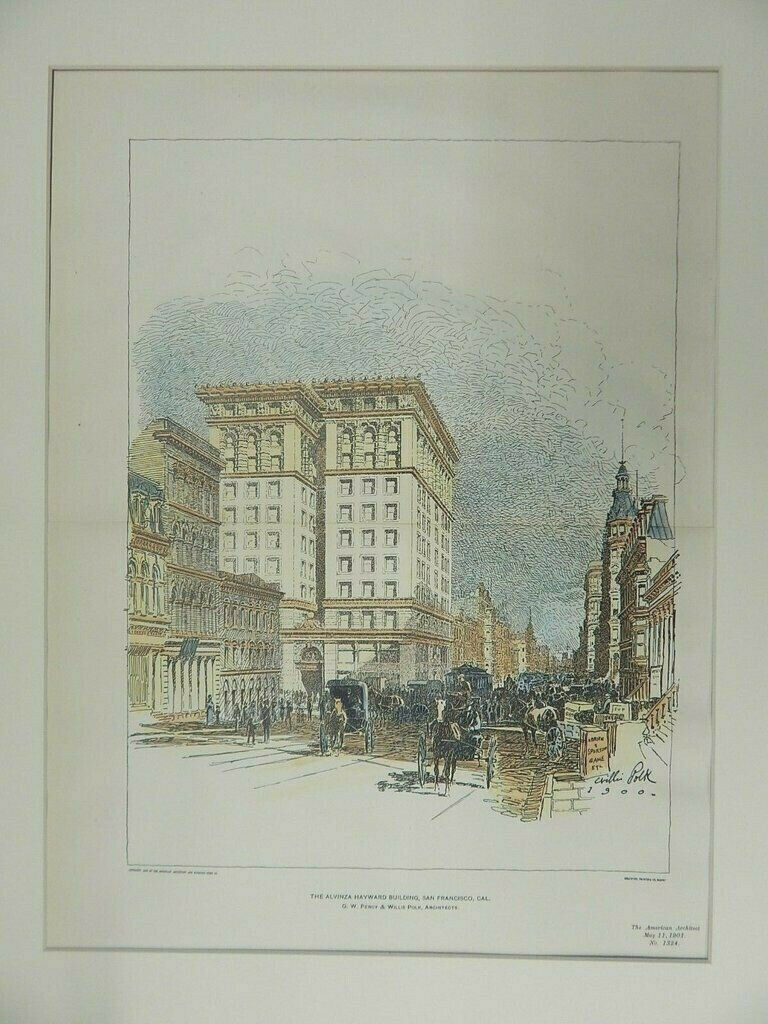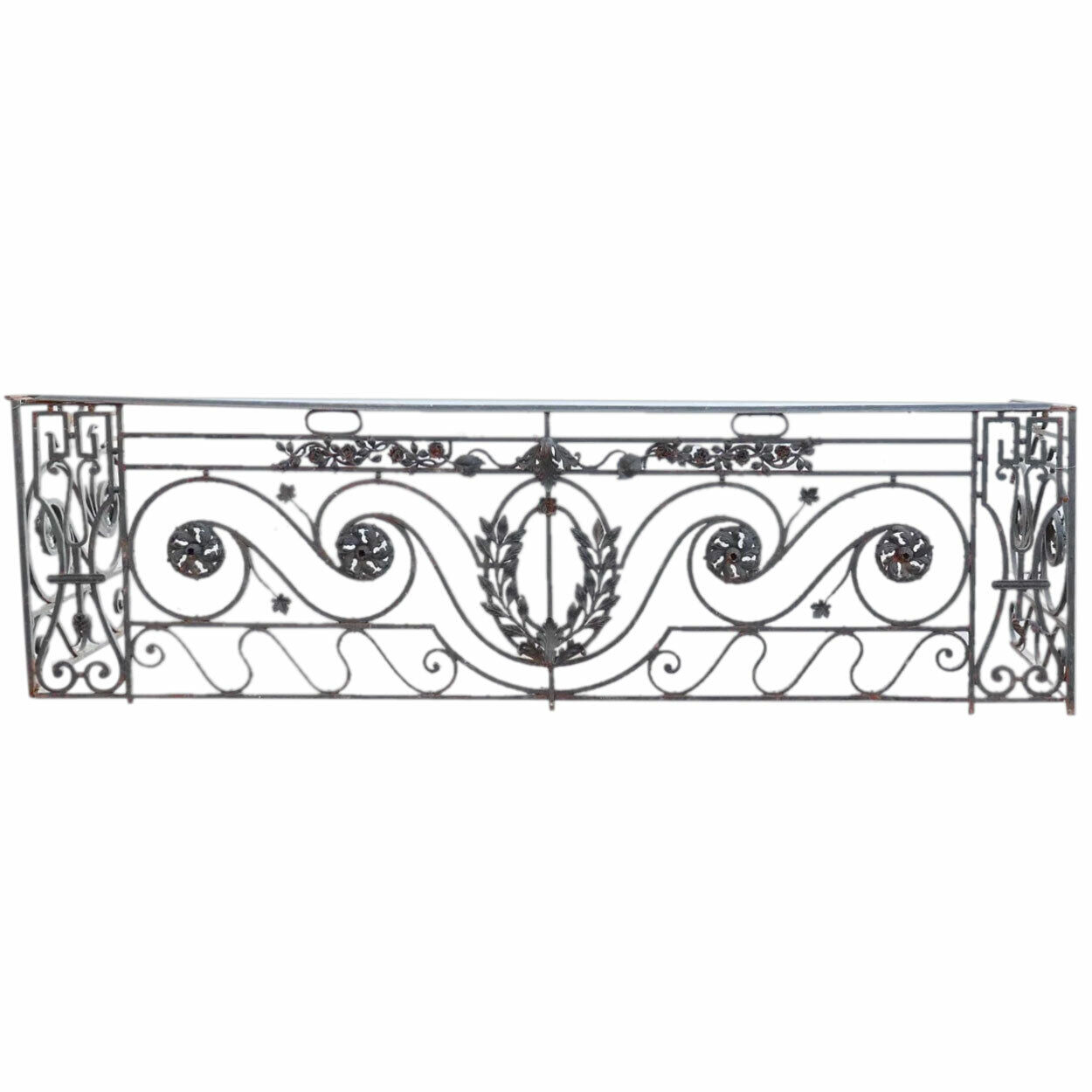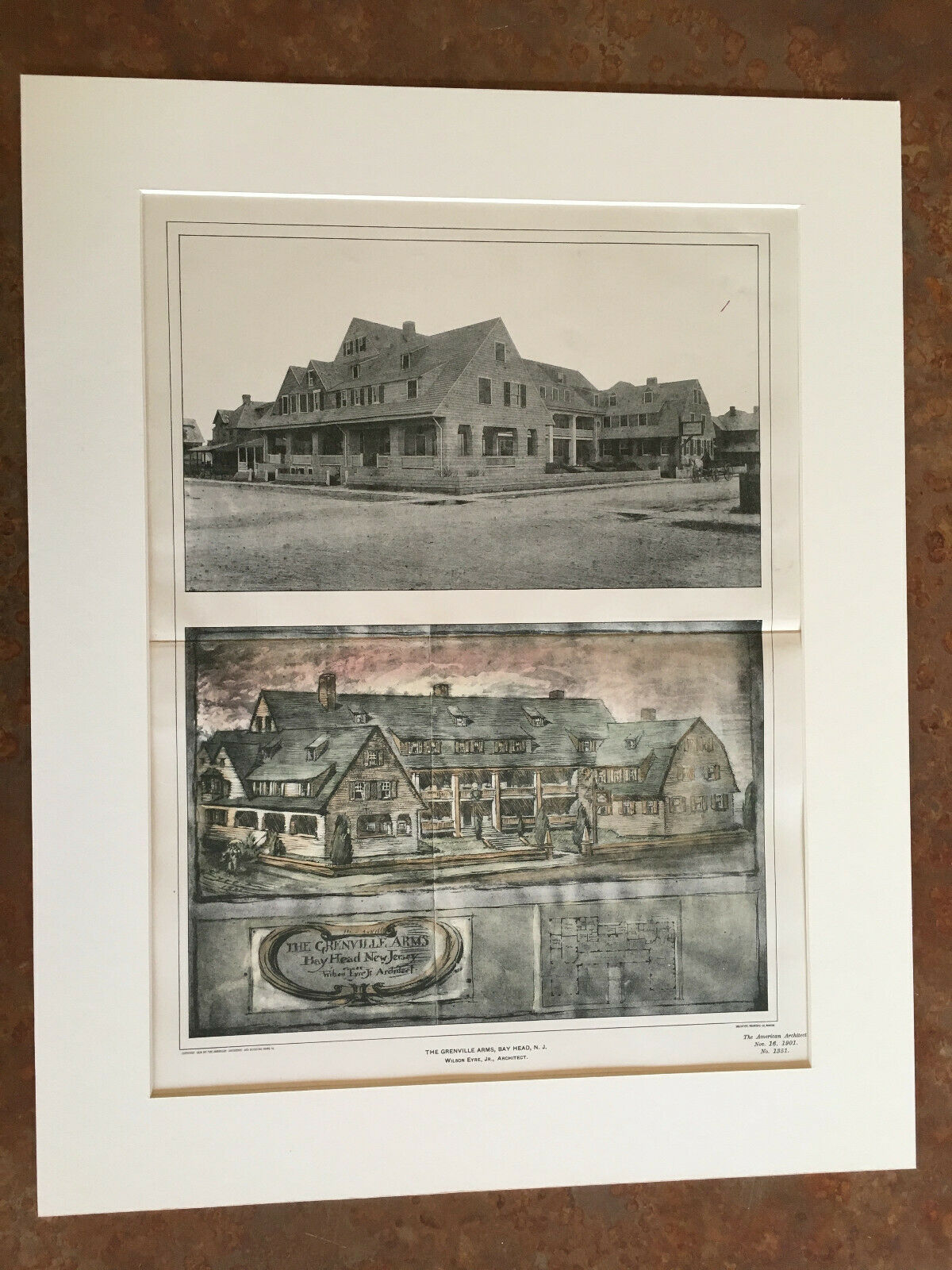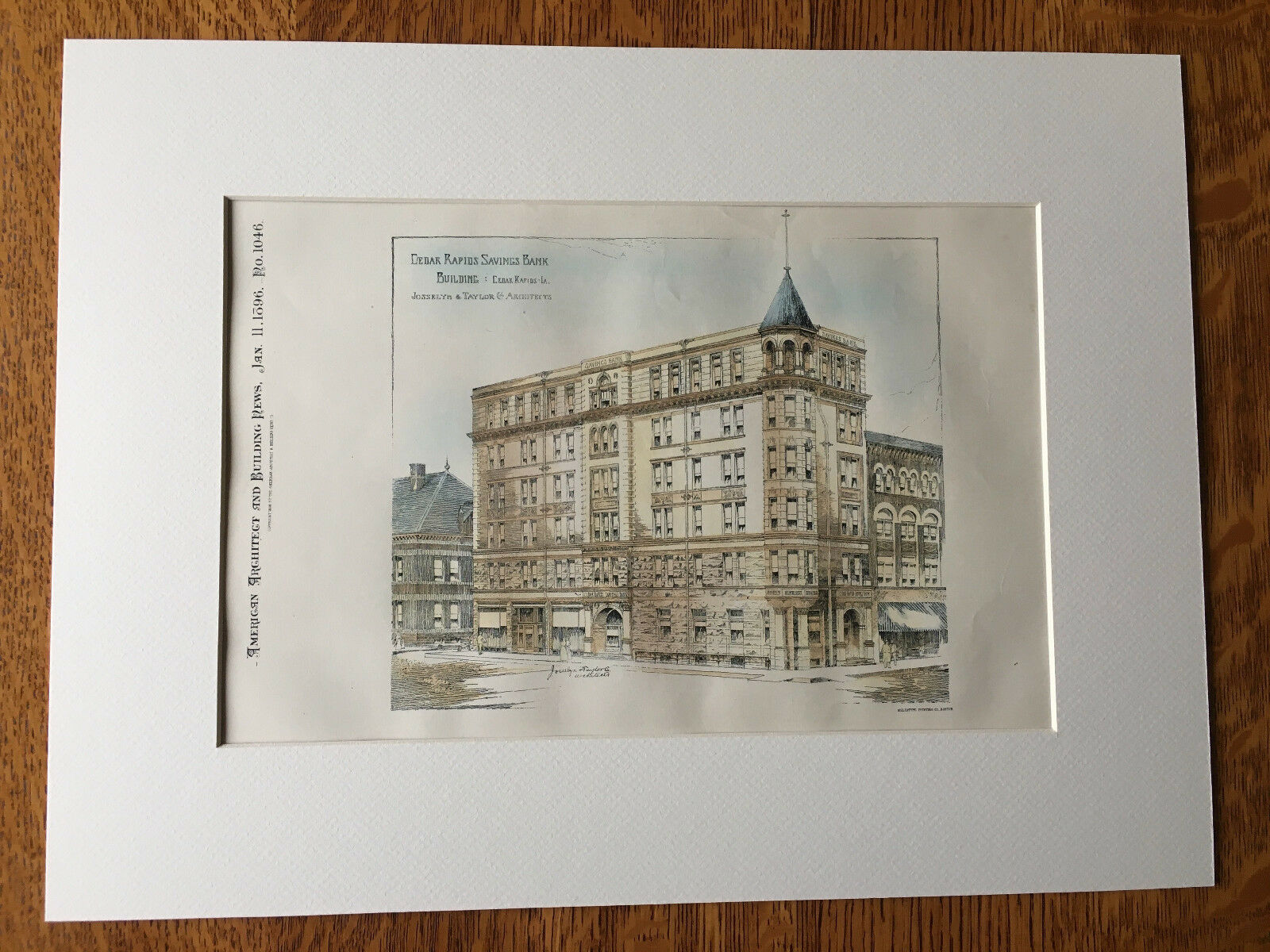-40%
Early 20th Century Decorative Arts, Rectilinear Single Turn, Model Staircase 1:3
$ 2904
- Description
- Size Guide
Description
Rectilinear single turn model staircase.Origin: American or English.
Period: Early 20th Century.
Materials: Mahogany.
Overall Size/Dimensions: 1:3 Scale/31 H x 29 W x 27 L inches (steps 2.25-2.5 H x 3-3.5 W inches)
Description: Offered is an elegant, realistic and unique large model rectilinear flight of stairs, comprised of six lower steps turning to six upper steps, contained within shaped curved flat side rails and supported with two classic Doric style columns, green felt covered bottoms.
Background: Miniature staircases were produced by architects and furniture makers as fanciful projects (often as apprentices or students), primarily in the 19th and 20th centuries. They were also made for staircase manufacturers as models in designing or patenting proposed structures, as well as salesman’s samples. Extant forms include spiral staircases as well as curved and rectilinear ones. They are sometimes embellished with other decoration such as balusters and railings, and sometimes incorporated with or in elaborate structures, such as pulpits or domes. Some are simply constructed and utilitarian, others have fine detailed construction and carvings. Generally they are made from various hardwoods such as oak, walnut, or mahogany. Some examples are also made out of metal, typically iron or steel.
Miniature staircase models originated in a French guild system known as “compagnonnage,” especially during the 17th to 19th centuries. The staircases were the culminating project of an apprenticeship in order to be accepted into the guild as a master craftsman, demonstrating the applicant’s virtuosity in woodworking and design. The Smithsonian Cooper-Hewitt, National Design Museum has a major collection of these, and featured them in the exhibition of staircases donated by Eugene and Clare Thaw, Made to Scale: Staircase Masterpieces in 2006-2007.
Late 20th Century Collection History: The collecting of staircase models was also popularized by the publisher Carter Burden (descendant of Commodore Vanderbilt) and the fashion designer Bill Blass, both ardent collectors of books and decorative objects. Burden owned the Village Voice and New York Magazine and became a respected New York City councilman. Blass’ apartment in Manhattan’s Sutton Place neighborhood appeared in many interior design and fashion magazines, with his model staircase collection prominently featured. In an article in the April 2006 issue of Domino magazine, New York City interior designer Alexa Hampton referred to the Blass staircase collection, and recommended a model staircase from the George Glazer Gallery as an accessory for creating “classic tailored interiors.”
(To view the article, search title: "Made to Scale: Staircase Masterpieces. The Eugene & Clare Thaw Gift.” Cooper-Hewitt, National Design Museum, 5 June 2009.).
Search term: M.C. Escher.
